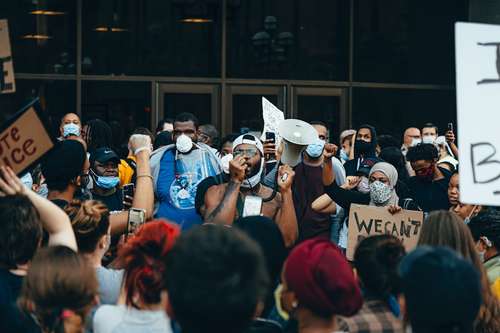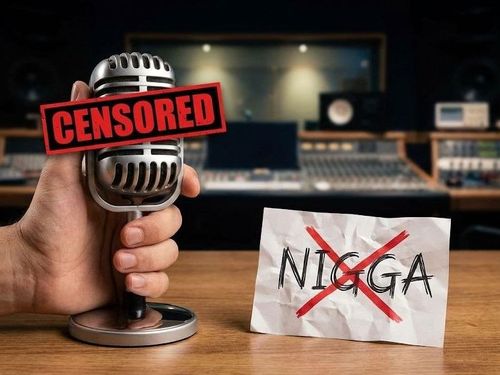In the world of animated entertainment, carefully curating content for children is a top priority for parents. Classic cartoons have charmed young audiences for years, but not all have escaped scrutiny for harboring potentially unsuitable elements.
It's paramount for parents to be well-versed in these potential concerns, enabling them to make informed choices about their children's viewing habits.
While many of these animated shows may appear innocent and safe on the surface, a deeper examination of the concepts they reproduce may be unsettling for parents. Here are 6 popular cartoon shows your kids should stop watching.
1. Total Drama Island

One such classic cartoon that elicited concern is "Total Drama Island." While its satirical take on reality shows might resonate with older viewers, the series often ventures into mature themes and crude humor that can be less than ideal for young children. With its focus on interpersonal conflicts and competitive dynamics, there's a risk of these aspects normalizing negative behavior.
2. Ren and Stimpy

Similarly, the dark and bizarre humor of "Ren and Stimpy" has raised eyebrows. Its surreal visuals and innuendos are enigmatic and could prove unsettling to young minds. The show's content straddles a line between the whimsically bizarre and the potentially inappropriate, making it a questionable choice for impressionable viewers. Another cartoon that shares this unsettling streak is "Secret Mountain Fort Awesome," leaning heavily on gross-out humor that diverges from what most parents deem suitable for their children's entertainment.
3. SpongeBob SquarePants

The endearing underwater escapades of "SpongeBob SquarePants" belie its underlying criticism. While adored for its quirky characters, the show's quick pace has faced backlash. Some studies have posited a link between this pace and its potential impact on children's short-term memory. Although this connection isn't fully substantiated, it prompts parents to consider the cognitive repercussions of their child's TV consumption.
4. Caillou

"Caillou," in another instance, has sparked controversy due to its portrayal of undesirable behavior. Parents often frown upon the main character's whiny attitude and temper tantrums. There's an apprehension that such adverse conduct may be inadvertently emulated by young viewers, impacting their emotional and social development. Similarly, "Ben and Holly's Little Kingdom" has faced scrutiny for characters casually using the word "stupid" to label others, potentially influencing children's language choices negatively.
5. Mighty Morphin' Power Rangers

Critiques directed at the classic "Mighty Morphin' Power Rangers" series draw attention to its perceived racial stereotyping. While the show boasted diversity in its cast, some contend that certain characters reinforced stereotypes, leading to discussions about representation and inclusivity. This notion highlights the importance of portraying characters responsibly to avoid perpetuating harmful cultural narratives.
6. Pepe Le Pew

The problematic aspects of certain cartoons can go beyond representation to address societal norms. "Pepe Le Pew" often stands as a stark example. The character's unrelenting pursuit of romantic interests, even when met with discomfort, has come under fire for normalizing unwelcome advances and disregarding personal boundaries. The fallout from such behavior includes concerns about inadvertently promoting a culture that trivializes consent.
Amidst these examples, it's pivotal to acknowledge the subjectivity of what's deemed appropriate for family viewing. Each household's values and sensitivities are unique, and what might concern one family could be tolerable to another.
Conversations around these cartoons allow parents to delve into media literacy, cultivate critical thinking, and discuss ethical considerations with their children.
Summarily, the spectrum of children's cartoons is expansive, presenting a range of choices for entertainment. While some revered classics harbor elements that warrant parental scrutiny, the final call lies with individual families.
The key lies in open dialogue between parents and children, fostering an environment where media consumption is a mindful, informed experience. Ultimately, this approach contributes to a healthier relationship with media and encourages cultivating discerning young minds.




